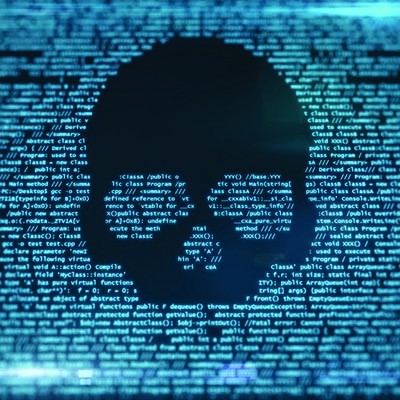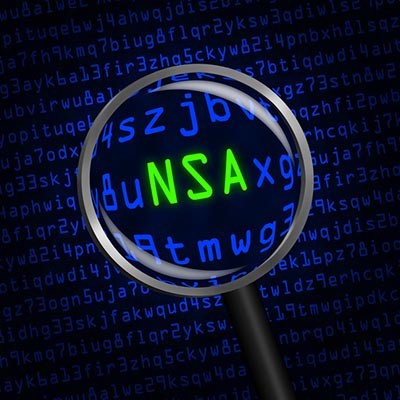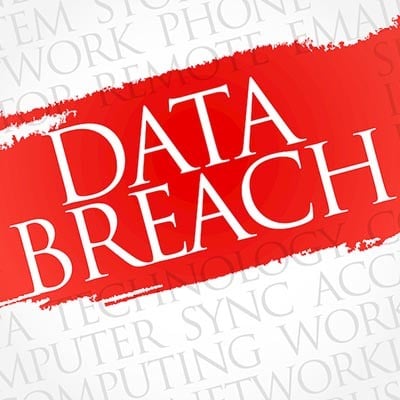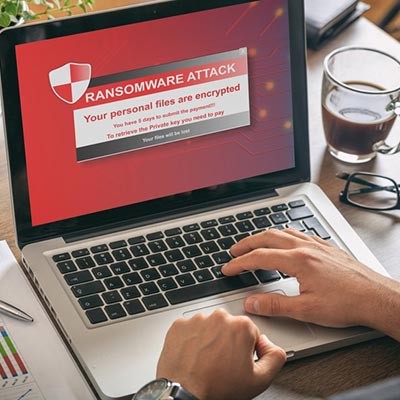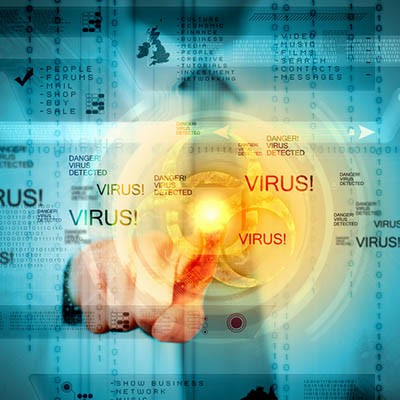SCW Blog
Malware is a commonality in today’s computing environment, though businesses do everything in their power to avoid encountering it. Some people have difficulty identifying threats, which makes for a dangerous situation whenever they actually have to handle them. We’ve put together a malware guide that will help your employees identify the most common types of threats out there, as well as how to respond to them.
Hackers aren’t the only ones out there developing malware tools, but sometimes, they get their hands on some of the others. This is precisely what happened when Double Pulsar, a malware that the NSA has used in the past, was paired with a Chinese hacking tool and used to attack Hong Kong and Belgium in 2016.
Ransomware is still going strong, and now more than ever it’s important to emphasize the danger that it poses for your organization. Even municipalities and other high-profile targets are at risk of being taken down by ransomware. Since 2013, over 170 government systems at the county, city, or state levels have been attacked.
Have you ever played the telephone game? One person in a group whispers a phrase to another, who then passes it to another, and the fun is had when the group shares what they heard and how the message was garbled along the way. In many ways, this activity is similar to a Man-in-the-Middle (MitM) attack - although the attack is a lot less fun than the game.
With data starting to be treated more like a commodity, companies are spending more time and money attempting to secure the data they have. Some organizations aren’t successful. In 2018 over 446.5 million records were exposed, even as data breaches dropped by 23 percent to 1,244. Today we take a look at some of the most noteworthy data breaches that have happened in the first four months of 2019.
One of the most dangerous and upcoming threats out there is cryptojacking. This process involves a malicious entity installing cryptomining malware on a user’s device without their knowledge or consent, allowing for a steady, reliable stream of income. What are the details behind cryptomining, and how can you keep your devices from becoming complicit in the schemes of hackers? Let’s find out.
I think by now most people understand just how dangerous ransomware is. Even with some of the ridiculous names they have like Gandcrab, Jigsaw, and WannaCry. Hell, two strains even have names from the James Bond canon: LeChiffre and GoldenEye. But one funny-named strain of ransomware, SamSam, has been devastating information systems for sometime, and has caught the eye of several U.S. law enforcement agencies.
Printers, along with every other piece of equipment that is on your network, require careful configuration and regular upkeep to ensure that they aren’t putting your data and users at risk. Security researchers recently discovered two massive vulnerabilities in HP Officejet All-in-One printers that make it incredibly easy for hackers to spread malware and gain access to a company’s network.
Hackers and other security threats are everyday problems for users all over the world. We’re not even talking about just simple phishing emails--you’d be surprised by how many victims are from straight-up hacking attacks. The security sector has been forced to adapt, growing at an astronomical rate. To help your organization get up to speed on the latest threats and hacks, we’ve put together a list of the first half of 2018’s most notorious breaches and statistics related to them.


